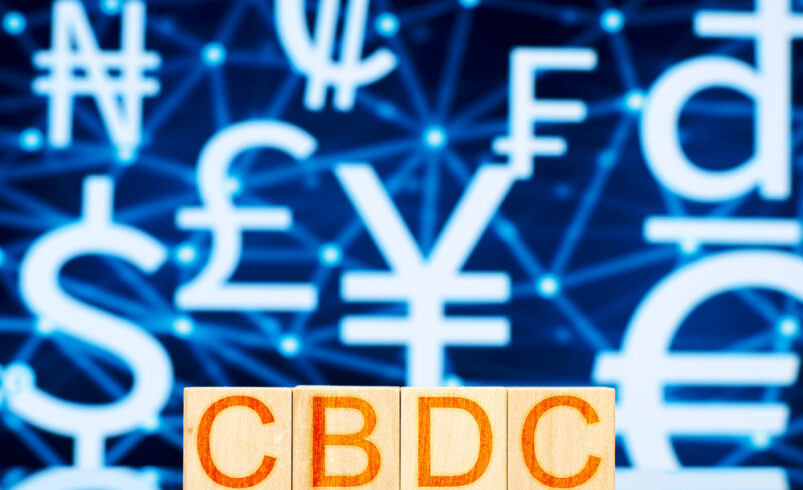What is Proof-of-Work (PoW)? All You Need To Know

Introduction to Crypto Mining
Mining is the process of minting new cryptocurrencies from a blockchain network. There are many different types of blockchains that can contain different amounts of coins on them.
The total quantity of coins on a blockchain can be capped such as 21 billion BTCs on Bitcoin or they can be infinite such as ETH token.
At the same time, these virtual currencies can be either pre-mined or they require miners to mint them so that they are added to the total supply at a steady pace.
Another major difference between various blockchains is their consensus mechanism. A consensus mechanism is the process that allows miners or validators to earn new coins on the platform after authenticating the transactions on a block.
Try Crypto Engine today, the best crypto trading bot! Click here to sign up. Artificial intelligence crypto bots are leading the trading markets, you can take part in the AI revolution and make money too! Stay ahead of the crypto game with Artificial Intelligence crypto trading bot today!
The first blockchain project namely Bitcoin uses Proof-of-Work (PoW) consensus model that require miners to provide computation power in order to solve the encryption puzzle on a blockchain network. In return, miners are rewarded in the form of Bitcoins and a portion of transaction fees.
What is Proof-of-Work Mining?
PoW mining is the consensus mechanism that is used for mining Bitcoins. Miners use computational power that is generated from operating units using the latest processing supplements such as ASIC chips to generate hash power and solve the encrypted hexadecimal number.
Bitcoin uses PoW mining because it is a decentralized and distributed digital ledger. The transaction records of Bitcoin blockchain are recorded on a node.
A node is computer or independent server that has a copy of the updated Bitcoin transaction records. Since Bitcoin is a permissioned network anyone can become a node operator by meeting the hardware requirements to store the data.
Bitcoin uses the PoW consensus model that requires miners to verify transactions and mint new BTC tokens.
Important Terms Associated with PoW Mining
In order to understand PoW mining, Bitcoin investors should understand the following terminologies:
Hash
Bitcoin blockchain generates a 64-digital hexadecimal code that is used to encrypt the transaction details. Bitcoin blockchain uses SHA256 hashing algorithm to assign unique code that generates a block hash.
Miners use computational power to decrypt this code until and the miner who is able to find less than or equal to the encryption key wins.
Target Hash
Target hash is a term that is used to define the mining difficulty. Blockchain can increase mining difficulty by increasing the hexadecimal encryption code length depending on the total number of miners associated with a blockchain.
Miners have to fulfil the target hash requirement to ensure that they have solved the cryptographic puzzle.
Nonce
Miners on the blockchain generate start by generating code to find the required solution to decode the encryption. This process involves generating random hashes and using it to append another number and it is called nonce.
Nonce stands for a number that is used only once. Miners need a set of hash and nonce that is less than or equal to the target hash. Miners amply their hash power to compete against each other and the first one to find the target hash is rewarded with BTC coins and fees.
Block Verification
Each new block consists of a hash from previous block. In this manner, when hash for next block started to compile, hash from the previous block is also added. The added block is confirmed after five blocks once it has completed all the verification checks.
It means that information on the block can be changed before six verification rounds. But such a scenario is only possible if a singular entity is able to control more than 51% of the hash power for the Bitcoin network. This hypothetical scenario is called 51% attack.
Rewards
Bitcoin has a deflationary mechanism to control its total supply which is called halving. Bitcoin incentives miners by issuing them BTC coins as remuneration for validating transactions on the network.
However, Bitcoin blockchain halving mechanism cuts mining rewards in half after every four years. In this manner, the supply of Bitcoin remains rare while the demand grows which increases its value overtime.
Conclusion
Crypto mining is a process that solves binds a community consisting of independent participants in a way that everyone works for the benefit of their peers.
Other blockchains following Bitcoin have also incorporated the same governing principals to verify transactions on their blockchains.
Disclaimer: Latest Coin News is your go-to platform for promoting content for a multitude of cryptocurrency and blockchain enterprises, and your organization could be the next to benefit from our services! For inquiries, don’t hesitate to connect with us via our Telegram Chat. Given the volatile nature of the cryptocurrency market, we encourage you to conduct comprehensive research prior to making any investment decisions. Some of the content on our website, such as broker reviews, is either paid content or contributions from guest authors and may not necessarily reflect the views of Latest Coin News. We disclaim any responsibility for the accuracy, quality, and content of advertisements, products, or any other materials, including ad spaces displayed on our platform. For a thorough understanding, we invite you to review our full terms and conditions and disclaimer.






